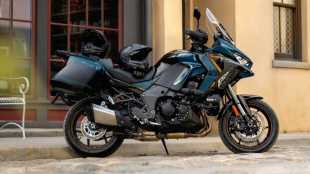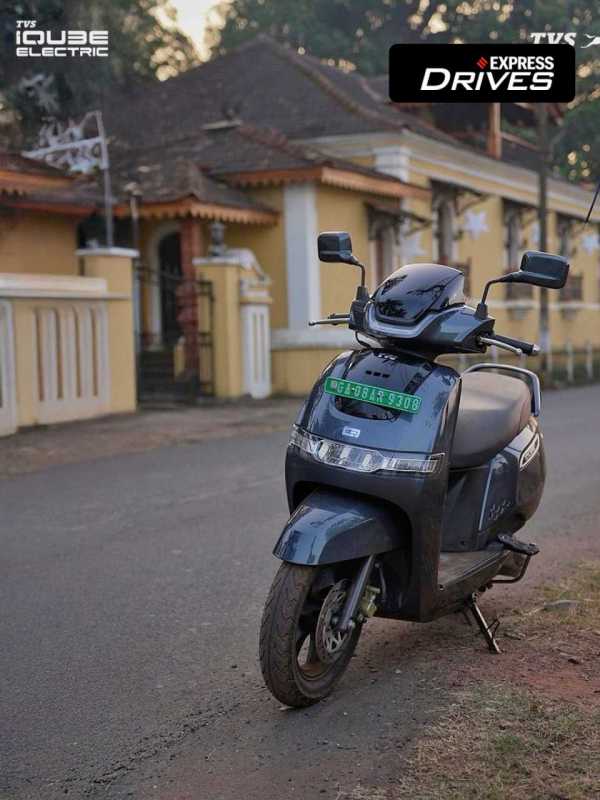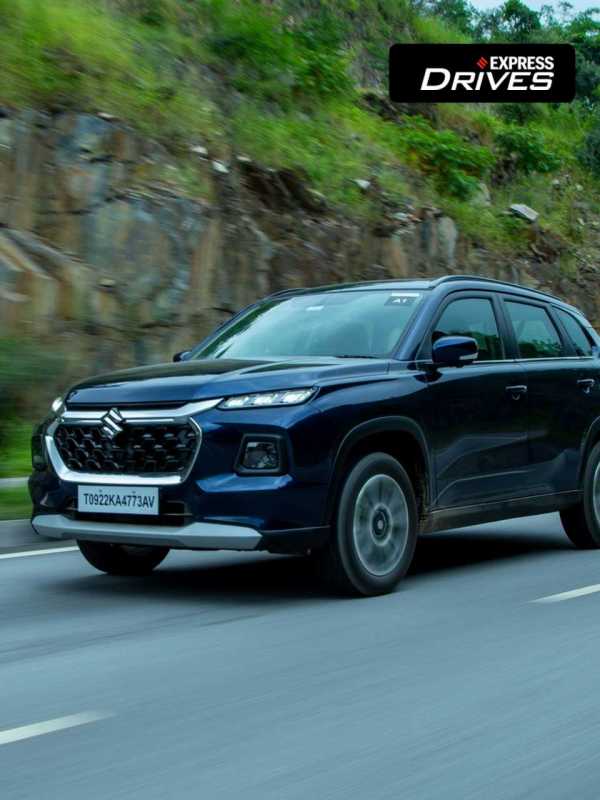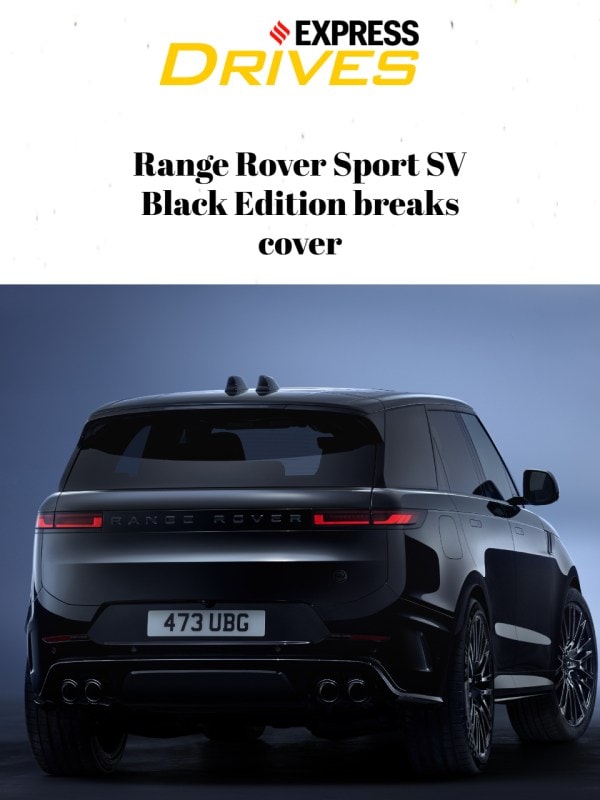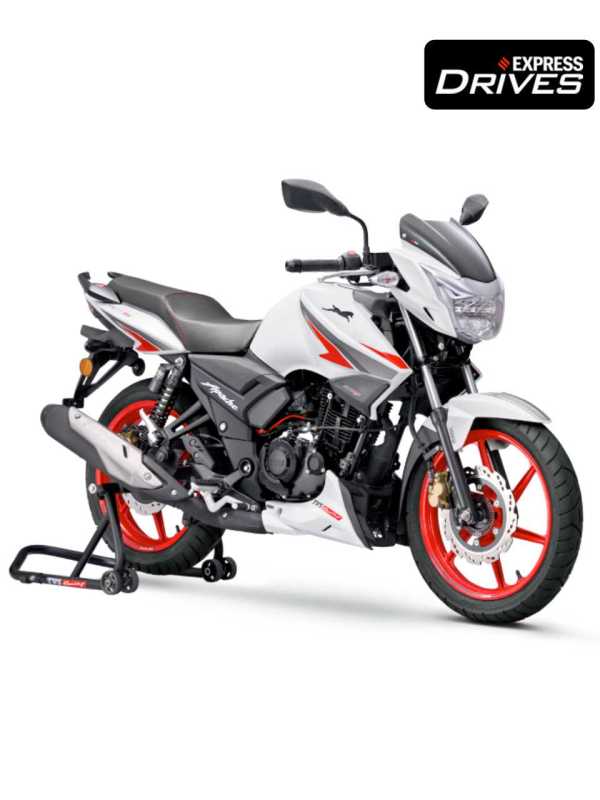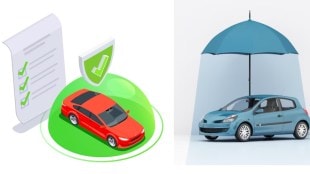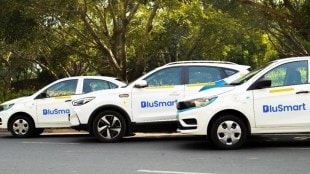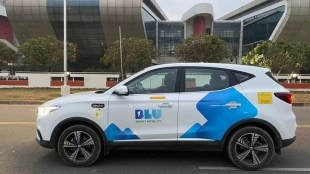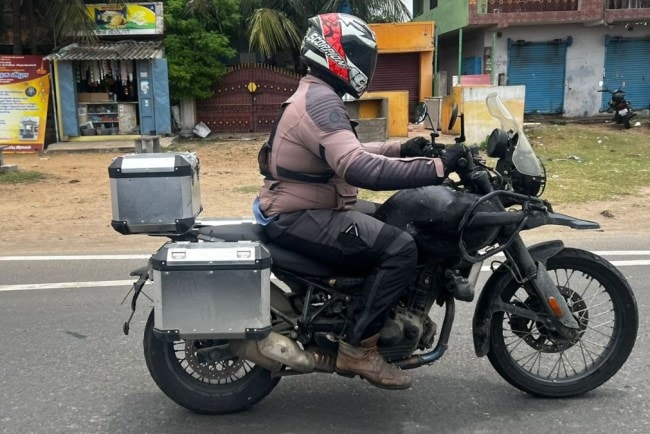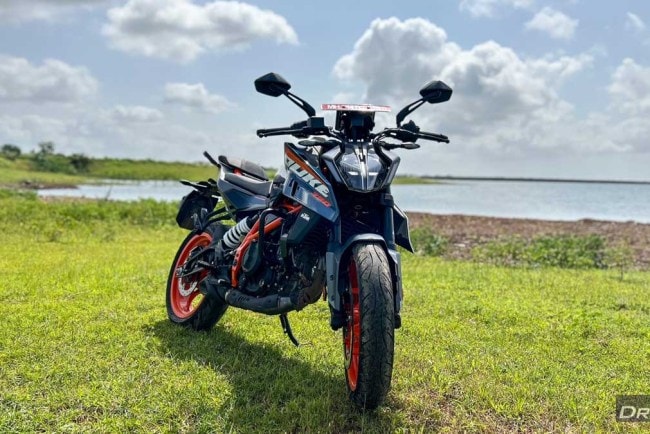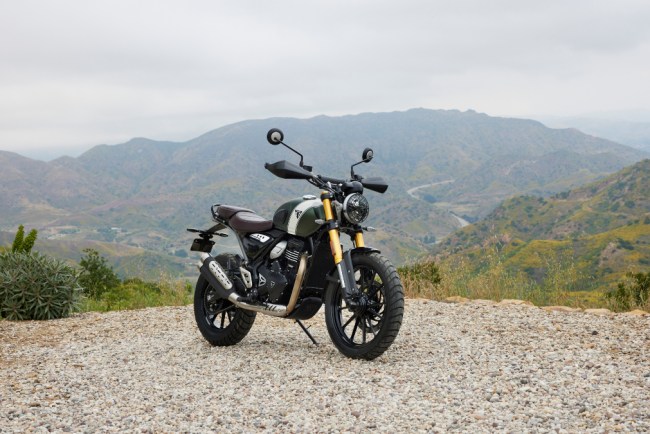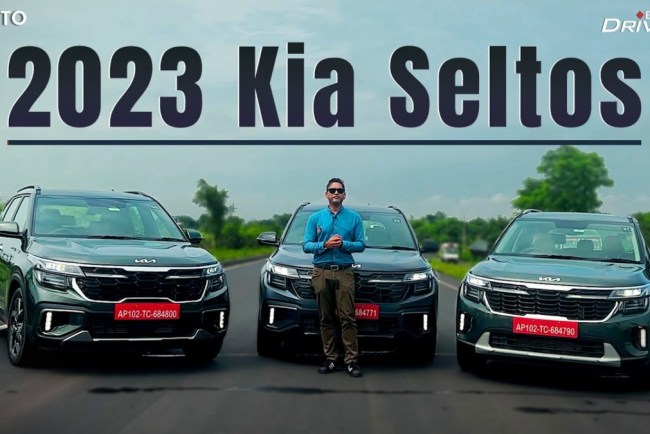When the passenger vehicle (PV) market bounced back with sales of 3,024,625 units during January-October 2022, a 22.8% increase over 2,462,940 vehicles sold in the same period in 2021, there was another story in the numbers.
Utility vehicles (UVs) stole a march over hatchbacks and sedans, reversing the previous trend. In 2021, UVs formed 45.2% of total PV sales, while passenger cars (hatchbacks plus sedans) formed 50.8%. In 2022, the sales share of UVs rose to 49.4%, while that of passenger cars reduced to 46.9%.
As per data from the Society of Indian Automobile Manufacturers (SIAM), in January-October 2022, of the total 3,024,625 PVs sold, 1,492,826 (49.4%) were UVs, 1,419,176 (46.9%) were passenger cars, and 112,623 (3.7%) were vans.
In the same period in 2021, of the total 2,462,940 PVs sold, 1,113,997 (45.2%) were UVs, 1,250,316 (50.8%) were passenger cars, and 98,627 (4%) were vans.

Automotive analysts FE spoke with said this was bound to happen. “UVs include SUVs and MPVs, and SUVs such as Maruti Suzuki Brezza and Grand Vitara, Hyundai Creta, Tata Nexon and Punch are practically driving the Indian car market,” said an automotive analyst. “MPVs such as Maruti Suzuki Ertiga and Toyota Innova Crysta are also hugely popular. At Toyota dealerships, there are numerous enquiries for the upcoming Innova HyCross.”
“The market share of UVs has been steadily increasing over the last decade, owing to new launches at attractive price points, a GST differential that leads to increased sales of compact UVs (compact SUVs are taxed at a lower GST and cess than other UVs considering the lower cubic capacity of the vehicle), and changing consumer preferences,” said Saket Mehra, partner and auto sector leader at Grant Thornton Bharat. “As a result, recognising the huge potential in this segment, most passenger car OEMs are transitioning towards introducing new products or strengthening their SUV portfolio.”
Also Read: Auto retails in India clocks second best-ever performance in November 2022 says FADA
The compact SUV segment (cars such as Tata Nexon, Kia Sonet, Maruti Suzuki Brezza and Hyundai Venue) has taken over the premium hatchback segment in sales, and is also leading sales within the overall SUV segment, both in terms of volume and market share.
“The share of compact SUVs in the market stood at 28% at the end of September 2022, which is a steep rise from 4.6% in 2016,” Mehra said, adding, “This can be attributed to an increased consumer focus on technology, features, ergonomics, safety and functionality. Compact UVs (priced in the Rs 10-15 lakh range) drive demand and sales as they cater to these requirements, at slightly higher or similar price points as those of sedans and premium hatchbacks.”
According to Som Kapoor, EY India Automotive, Future of Mobility leader (consulting), and partner, initially hatchbacks were the first car for most Indian buyers, followed by sub-4 metre sedans, and now sub-4 metre SUVs are taking that place. “In urban markets in particular, the average car-buying age is coming down, and younger buyers in general prefer good driving dynamics, customisation and a lot of technology features on the dashboard (some of which may not be available in entry-level hatchbacks), over traditional features such as good fuel efficiency,” he said, adding, “These have slightly higher ground clearance than sedans and hatchbacks, and buyers perceive these to be better suited for our road conditions.”
Kapoor added UVs are also more suitable for large Indian families, plus the number of variants and models available in the last couple of years has given the buyer almost limitless choice.
As per a recent festive season survey report by Grant Thornton Bharat, there was a remarkable five-time increased preference for SUVs vis-à-vis the previous year, with 31% respondents leaning towards SUVs as their preferred category. All these reasons have made UVs (SUVs plus MPVs) overtake passenger cars (hatchbacks plus sedans) in sales this year.




